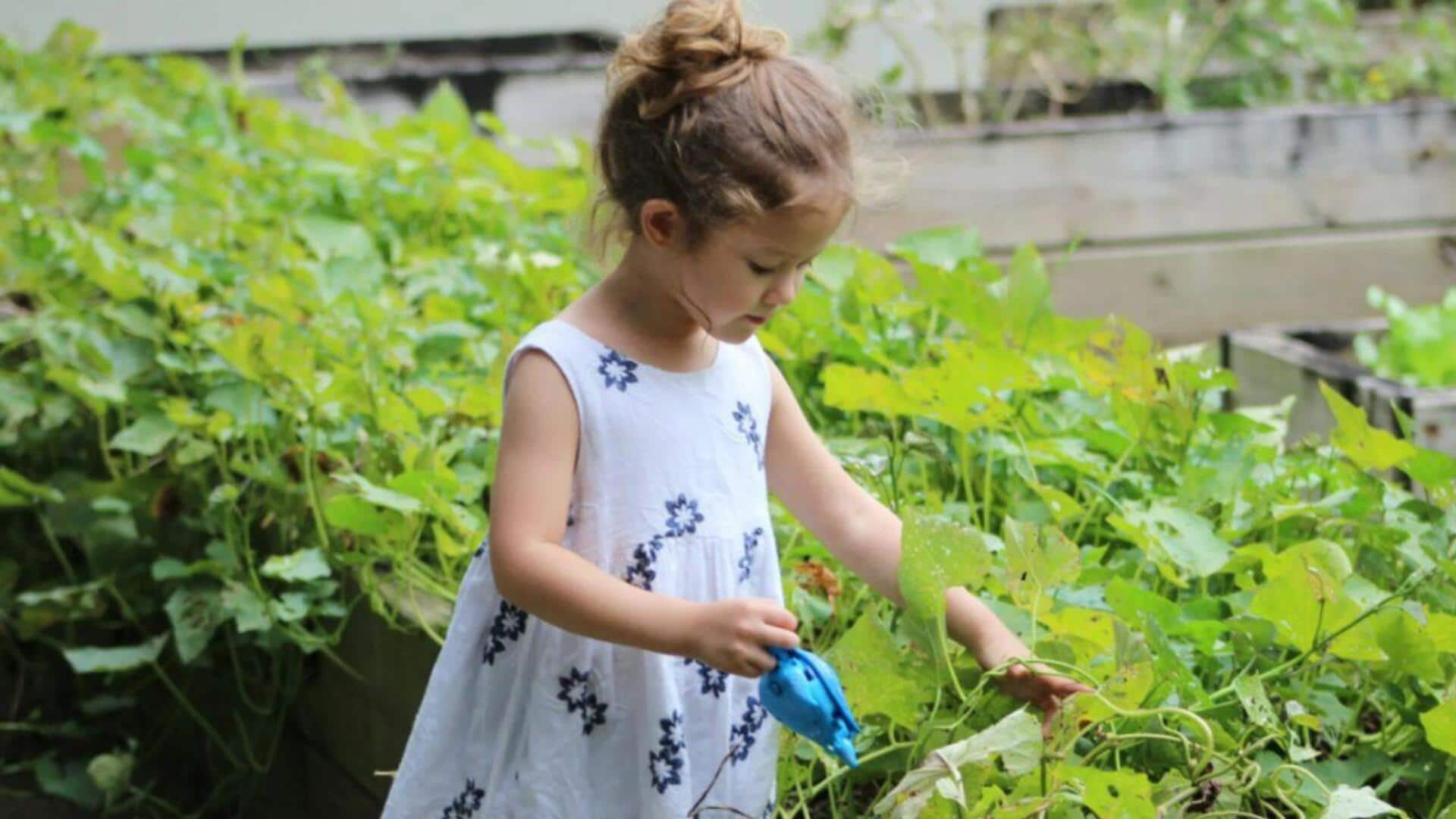
5 fun gardening projects that teach kids responsibility
What's the story
Gardening is a great way to teach kids responsibility and connect with nature. By involving kids in gardening projects, you can help them develop a sense of ownership and care for living things. Not only do these activities teach kids about plants, but they also teach them valuable life skills. Here are five gardening projects that can help kids learn responsibility while having fun outdoors.
Tip 1
Planting a vegetable garden
Starting a vegetable garden is an excellent project for kids. It teaches them how to plant seeds, water plants, and watch them grow into vegetables they can harvest and eat. This hands-on experience gives kids a sense of accomplishment and responsibility as they take care of their garden. It also teaches them about the importance of fresh produce and healthy eating habits.
Tip 2
Creating a flower bed
Designing a flower bed lets kids express their creativity while learning about different flower species. They can pick out flowers based on color or height, and plant them in designated areas. Maintaining the flower bed by watering and weeding regularly teaches kids the importance of consistency and attention to detail in gardening.
Tip 3
Building compost bins
Building compost bins is an excellent way for kids to learn about recycling organic waste into nutrient-rich soil. The project involves collecting kitchen scraps like fruit peels or vegetable trimmings, and layering them in the bin with dry leaves or grass clippings. Over time, these materials decompose into compost that enriches garden soil, teaching kids about sustainability and the environment.
Tip 4
Growing herbs indoors
Growing herbs indoors is perfect for those with limited outdoor space or colder climates. Kids can plant herbs like basil or mint in small pots placed on windowsills where they receive ample sunlight. Caring for indoor herbs involves regular watering and trimming leaves when needed, instilling lessons on patience as they wait for their plants to flourish.
Tip 5
Designing butterfly gardens
Designing butterfly gardens encourages children to create habitats that attract butterflies by selecting appropriate plants such as milkweed or coneflowers. This project not only teaches them about butterfly life cycles but also emphasizes the importance of biodiversity. It requires ongoing maintenance like watering during dry spells, ensuring optimal conditions for attracting these pollinators year-round.